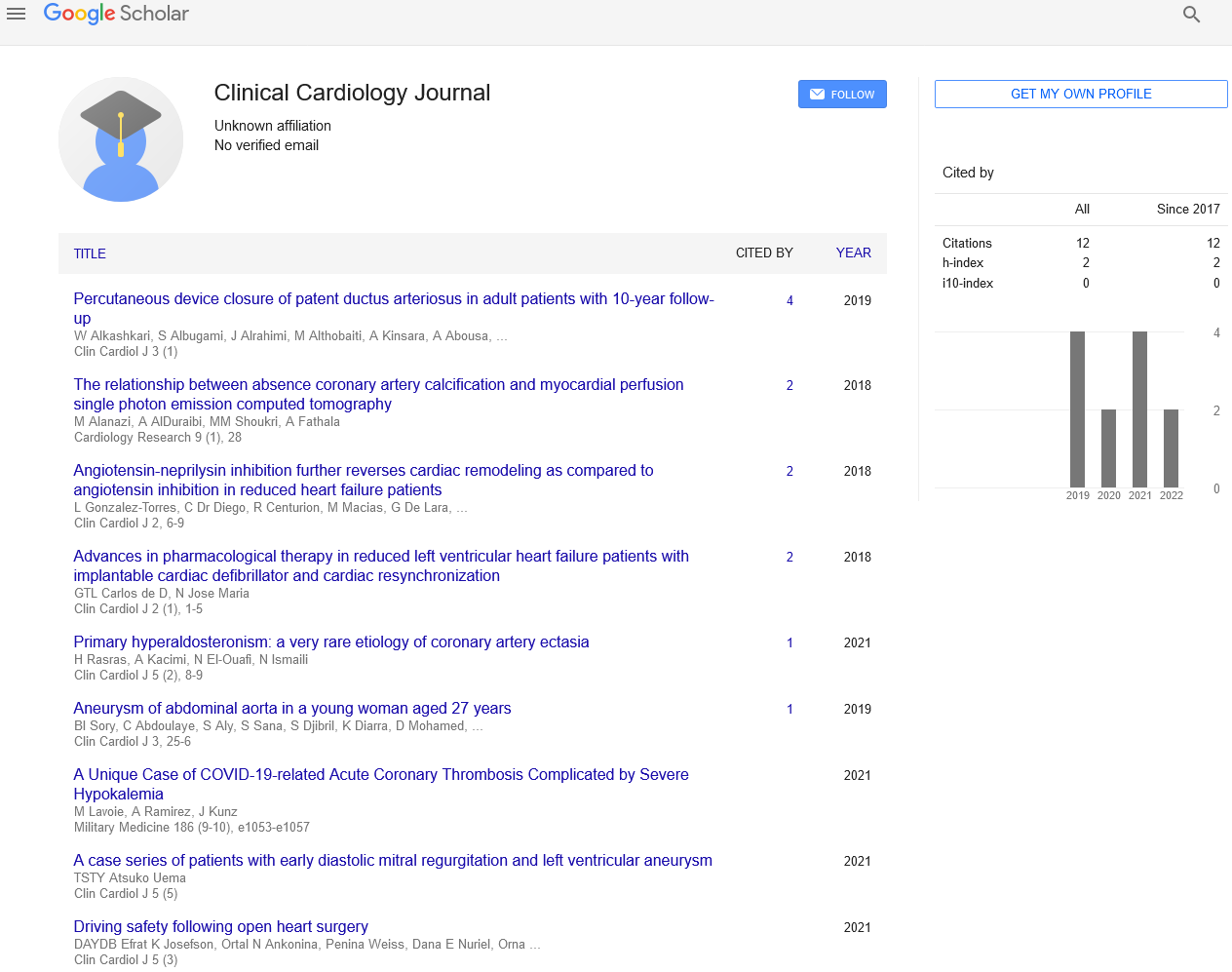Editorial on pathogenesis of pulmonary arterial hypertension
Received: 10-Jul-2021 Accepted Date: Jul 15, 2021; Published: 20-Jul-2021
Citation: Sudhakar R. Editorial on pathogenesis of pulmonary arterial hypertension. Clin Cardiol J 2021;5(4):4.
This open-access article is distributed under the terms of the Creative Commons Attribution Non-Commercial License (CC BY-NC) (http://creativecommons.org/licenses/by-nc/4.0/), which permits reuse, distribution and reproduction of the article, provided that the original work is properly cited and the reuse is restricted to noncommercial purposes. For commercial reuse, contact reprints@pulsus.com
Perspective
A resting mean pulmonary artery pressure of 25 mm Hg or higher is considered pulmonary hypertension. This article discusses pulmonary arterial hypertension (PAH), a kind of pulmonary hypertension that affects the pulmonary vascular principally. In PAH, vasoconstriction obstructs the pulmonary vasculature dynamically, whereas unfavourable vascular remodelling obstructs it structurally. Several cell types, including vascular cells (endothelial cells, smooth muscle cells, and fibroblasts) and inflammatory cells, are aberrant in PAH. The causes of PAH have been identified, and new medication treatment have been approved.
Acquired anomalies in mitochondrial metabolism and dynamics cause cancer-like cell growth and resistance to apoptosis. Heritable PAH is significantly increased by mutations in the type II bone morphogenetic protein receptor (BMPR2) gene. Disease development is further aided by epigenetic dysregulation of DNA methylation, histone acetylation, and microRNAs. The creation of a Warburg mitochondrial-metabolic state of uncoupled glycolysis by aberrant bone morphogenetic protein signalling and epigenetic dysregulation in PAH promotes cell proliferation in part. Changes in cytokines (interleukins and tumour necrosis factor), cellular immunity (T lymphocytes, natural killer cells, macrophages), and autoantibodies show that PAH is an autoimmune, inflammatory illness in part.
Right ventricular afterload is increased by obstructive pulmonary vascular remodelling in PAH, resulting in right ventricular hypertrophy. Maladaptive alterations in the right ventricle, such as ischemia and fibrosis, can impair right ventricular function and lead to right ventricular failure in some patients. Dyspnea, impaired exercise capacity, exertional syncope, and early death from right ventricular failure are all symptoms of PAH. PAH targeted treatments (prostaglandins, phosphodiesterase-5 inhibitors, endothelin receptor antagonists, and soluble guanylate cyclase stimulators) increase functional capacity and hemodynamics while lowering hospital admissions whether administered alone or in combination.





